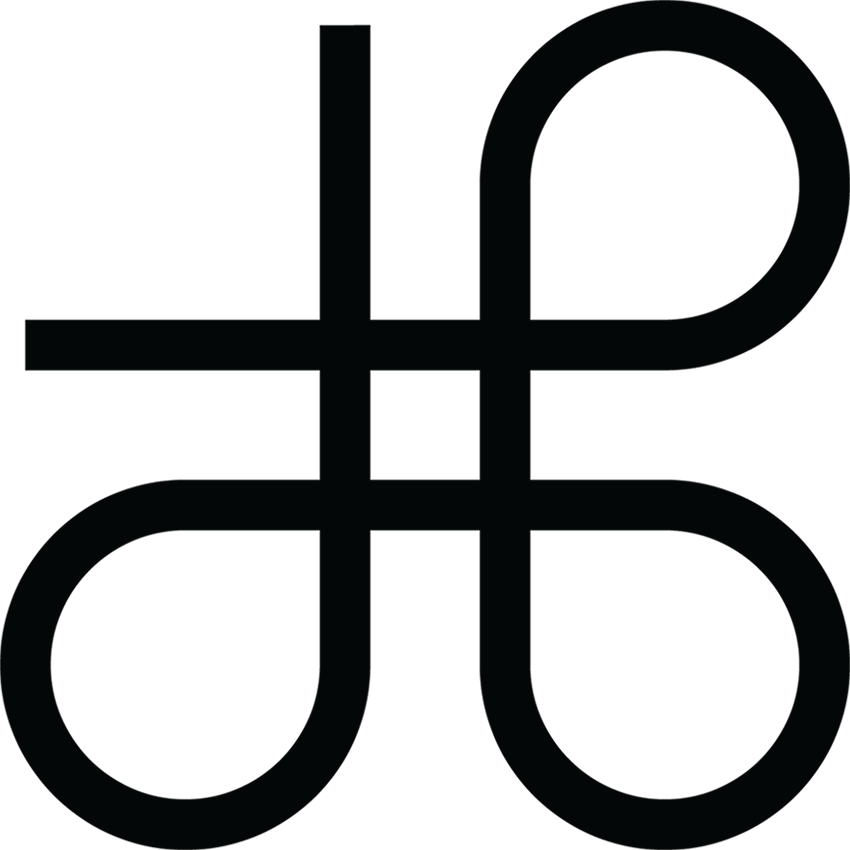Art and Automation: The Role of the Artist in an Automated Future
Abstract
Rapid development in automated technology is the catalyst for a paradigmatic change in society. Exponential growth of machine learning and AI applications may bring to an end the monopoly on creative production currently claimed by the arts. In this new world, the position of the artist as the producer of authentic human experience wavers. Considering various models of an automated future, this research aims to outline the possible modus operandi of the artist in changing productive environments.
Neoliberalism and Automation
Through the past few decades our society has grown increasingly neoliberal in its principles, foregrounding certain fundamental economic ideas — e.g. efficiency, marginal utility, computability, standardization, specialization, globalization — above others. These principles have bled into our personal, sensory understanding and making of the world around us; as such, it is safe to speak of a dominant neoliberal hegemony, unconsciously built into our daily habits. [1] Neoliberal conceptualizations of an endless, expansive commodity market influence our views on, for instance, labor, freedom, safety, authenticity, humanity, and value. Too, they reappear and reiterate themselves in our human interactions.
The purpose of this study is to focus on one of the major excesses of the neoliberal thinking: the rapidly increasing application of automation. Automation can be seen as the installation of devices, physical or virtual, that replace repetitive or regular actions. Normalization of this sort is based on conventions or statistics amassed through experience, and hinges on the predictability of the future. It is the logical extension of an archaic human habit —that is, to control and anticipate the future, to augment and transcend the human condition of the unknown.
Efficiency and Authenticity
Yet, under influence of neoliberal thought, automation is mostly an instrument of efficiency. The quest for efficiency, in fact, drives the engine of the automatization altogether. Inefficiency is seen as the source of all problems, as something to be solved by means of ever-progressing technological advance. This constant yearning for efficiency has been largely a frustration of the markets of industry and everything that revolves around it: production, transportation, distribution, sales, stocks, information and services demand less and less loss from logistical friction. But when the world becomes the market, as in the neoliberal model — when the disruptive force of technology surpasses the threshold of commerce, and seeps into the spheres of private and community life — the agency of automation becomes more than a luxury commodity. It renders human action burdensome and ultimately redundant. Automation has become, in many aspects, the opposite of authenticity, creativity, culture, nature, and even humanity itself — the opposite of human production.
The all-encompassing influence of automation will continue to have a profound impact on the fabric of society, as data-driven research presents automation services that had never before existed. Entrenched local jobs are already being replaced by robots, services are streamlined by algorithms, and traditional enterprises are made superfluous by the disruptive technological economy. Through the development of machine learning in combination with the Internet of Things, among other technological advances, these automation services are bound the expand tremendously.
Estimates suggest that anywhere from 47 to 80 percent of current jobs are likely to be automatable in the next two decades. [2] Certain professions are more prone to automation than others, but nothing suggest that the practice of the artist, in its current form and convention, is immune to this evolution.
Still, history proves the malleability of the artistic profession: Under the influence of early industrialization, the anonymous craftsman became a creative author; 20-century advancements further transformed this craftsman into a avant-garde critic. Technological progress in materials production during the modernist era billed the artist as author of the authentic.
Authenticity, defined as the antithesis of automation, implies the involvement of human actions. It suggests that there is a human author, a person who has at some point made a creative decision to produce something: man must be behind the wheel. [3] Authenticity is the difference between something real and something fake; without necessarily rejecting the use of tools, machines or computers, authenticity defies mass production, standardization and reproduction.
Creativity in the Time of Machine Learning
Assuming that
a) the role of the artist in society is ever adapting to new social situations, in many ways influenced by advancements of technology, currently pushing the profession into that of a producer of authenticity
b) the urge for authenticity originates from a reaction against the sprawls of the comprehensive generalization and globalization of everyday life, giving rise to the premise that only the human touch can create something genuine or original and
c) the outsourcing of human action through a rapidly accelerating development of information technology and data driven automation is laying the groundwork for a shift in the general mentality towards established traditions, of which the dispositions are not yet known it is possible to imagine a future in which art may deviate once again from its present purpose.
Computational learning, neural networking and other systems of data mining will have a profound impact on our perception of the authentic, not only in the field of art but far beyond. Lines will become blurred between human creation and the inauthentically re-created, between human production and the mindlessly re-produced, between imagination and the re-imagined.
What will the value of creativity be if it can be automated? The goal of this artistic study is not only to discover the effects of automated machine learning emulating the labor of the artist, but to imagine what an adaptation of the artist in relation to this evolution could entail.
References
1. Srnicek, N., & Williams, A. (2015). Inventing the Future. Postcapitalism and a World Without Work
2. Frey, C.B., & Osborne, M. (2013). The Future of Employment: How Susceptible Are Jobs to Computerisation?
3. Dutton, D. (2003). Authenticity in Art in The Oxford Handbook of Aesthetics
